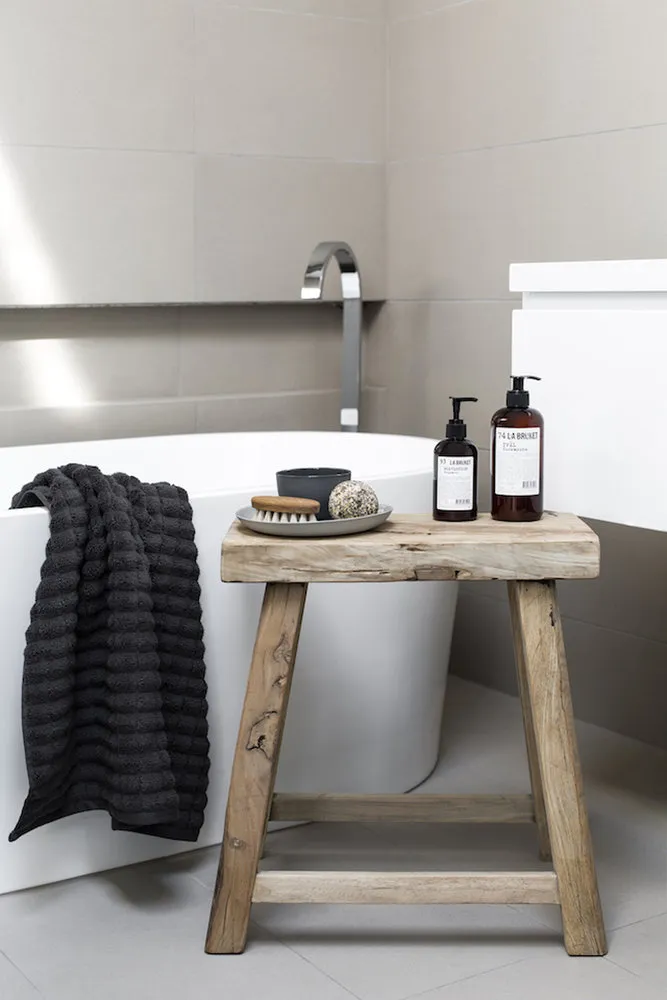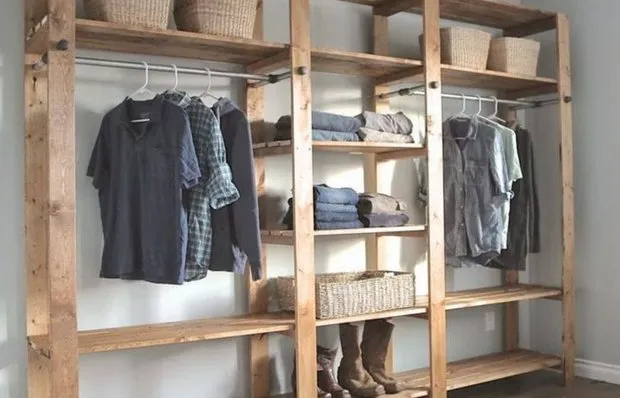There can be your advertisement
300x150
Brushes, sponges and cloths: why they are not suitable for cleaning?
We explain what's wrong with our usual cleaning tools and why they are hopelessly outdated
The era of ostrich feather dusters and hog bristle brushes has long been replaced by synthetic sponges, roll-on miracle cloths, and microfiber. But after every cleaning session, we have to wash our cleaning agents and sanitize our tools. Why does this happen? We explain.
Natural — not necessarily convenient
All natural materials are eco-friendly. But items made from flannel, toweling cotton, or linen are only good for personal care nowadays. As for the bark and bristles, they're only suitable for styling if you're into vintage, rustic, or shabby chic aesthetics.
Brushes and cloth items made from natural materials have been phased out for several reasons: they absorb poorly, don't reliably trap dust, lose their appearance quickly, and are difficult to sterilize.

In the 20th century, synthetic materials rightfully displaced natural ones. Housewives were no longer satisfied with water stains on tiles that couldn't be wiped away in one motion, fibers on mirrors, or hairs stuck to their favorite cup.

Drawbacks of roll cloths
Miracle cloths or roll cloths are made from a single-layer nonwoven fabric formed from a blend of viscose and cellulose. The raw material is natural, but the final product is artificial, not synthetic.
There are some advantages, but they're few. The main issue is the absence of fibers. However, until a pet's fur or someone’s hair lands on a damp cloth, it might be fine. Try removing them once they do.

Roll cloths can be torn off one at a time, soaked in cleaning products, rinsed, or used dry. They are practically disposable like kitchen paper towels because they get dirty and deform after just one use.
They absorb grease worse than paper. Dust collected with dry cloths scatters instantly.
What's wrong with microfiber?
Microfiber made from ultra-thin polyester and polyamide threads seems more practical and durable. Various types of cloths, arm sleeves, even slippers for cleaning, and mops help wash, clean, polish, and wipe a wide range of items.
Fibers made from very long organic molecules attract and hold dust particles through contact electrification. Microscopic triangular cavities can absorb water as effectively as sponges.

However, there are downsides: microfiber is a capricious material. It does not like very hot water, drying near radiators or any heat sources. It deforms and loses its properties.
The best way to clean it from accumulated dirt and preserve its beneficial qualities is to manually brush it in a solution of household soap or toss it into the drum of a washing machine on a low temperature and delicate cycle. These methods are not very convenient or simple.
Why is a sponge dangerous?
Not the natural sea sponge, of course — made from foam polystyrene, expanded polyurethane, or nylon with a polyester film layer, sponges are designed to foam up cleaning agents, enhancing the effectiveness of surfactants (SAS).
It's actually not the porous part that cleans, but the rigid attached cloth: green for tough stains, blue abrasive for gentler cleaning.

It’s impossible to fully dry a sponge. Bacteria multiply in liquid environments on sponges. Their amount is measured in laboratories using a luminometer. Tests have proven that using a dish sponge for more than a week is dangerous.
The more manufacturers describe the advantages of improved sponges — whether it’s silver fibers or bamboo fiber — the more harmful microorganisms, including E. coli, remain on them and multiply. Cleaning agents used with sponges consume about the same amount regardless of what the ads claim.

More articles:
 Refurbishing Old Furniture: Step-by-Step Guide + Photos
Refurbishing Old Furniture: Step-by-Step Guide + Photos What Did Zaha Hadid Create for the Bathroom? And 6 More Renowned Designers
What Did Zaha Hadid Create for the Bathroom? And 6 More Renowned Designers How to Fit Everything in a Small Entrance Hall: 5 Ideas
How to Fit Everything in a Small Entrance Hall: 5 Ideas How to Choose the Perfect Kitchen Sink: 8 Tips
How to Choose the Perfect Kitchen Sink: 8 Tips 2-Room Apartment in Sweden with Brick Wall in Loft Style
2-Room Apartment in Sweden with Brick Wall in Loft Style How to Make a Shelf from Boards and Pipes
How to Make a Shelf from Boards and Pipes Personal Experience: How They Built a Farm and Now Supply Restaurants with Harvest
Personal Experience: How They Built a Farm and Now Supply Restaurants with Harvest Don't Do This: Common Mistakes in Kitchen Renovation
Don't Do This: Common Mistakes in Kitchen Renovation